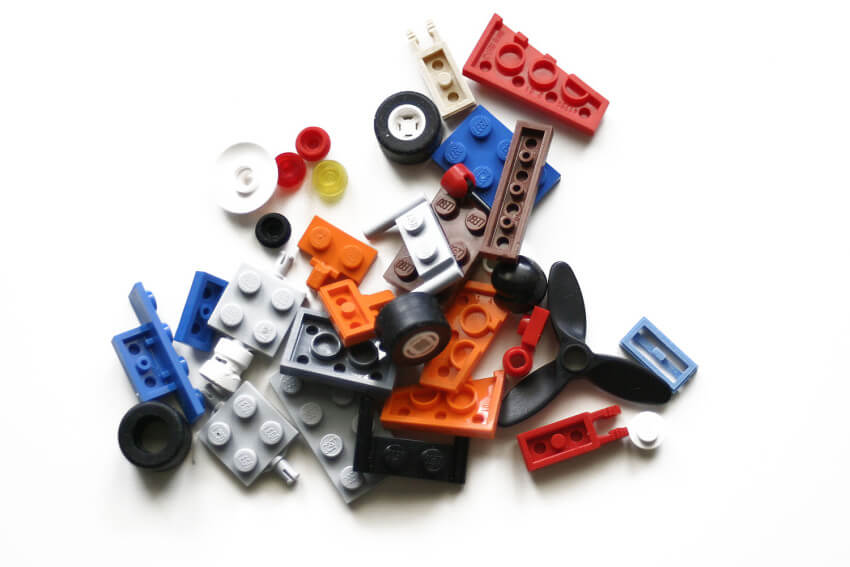Explaining what we do as Business Analysts outside of a professional context can be hard (hello mom!). I even found a very specific website doing it! Back when I was teaching a mandatory Information Technology introduction course to undergraduate students in business administration, one of my classes was about business needs and business processes, which is one part of what is Business Analysis.
In this class, I also had to introduce the various IT roles in a project, among which we find the Business Analyst. Since most of them didn’t have any professional background, I had to find an original approach to make it easy to understand.
There are lots of good resources about this subject (like this one, or this one). However, for undergraduates, these concepts might be a little bit too abstract to understand what a Business Analyst really does. Instead of trying to find another technical, descriptive way to explain it, I decided to put them in a situation where they would have to act as Business Analysts (without knowing about it).
My strategy was based on a thing most of you already know: building blocks. And then the fun began 🙂
Setting up the experiment
The class begins straight with the experiment, with no additional introduction; my 60 students don’t know yet what the class is about today. The only thing I tell them is that they have to build a big and nice thing, but not too big so I can put it on my desk.
They have to use the bag of 150-200 various building blocks (with different sizes and colors, not evenly distributed among teams) they got on their table when they entered the room, in teams of 4-5 students. This would have to be done within the next 30 minutes, and I tell them it would be evaluated.
And then I leave the classroom 🙂
Learning it the hard way
The first reaction in class is generalized laugh, which is quickly followed by confusion when they realize that I’m not coming back into the classroom (which I can see through the small window next to the door) . After a few minutes, teams finally start to work on their project, realizing that is not a joke 🙂
Some teams first draw sketches on a sheet; others are arguing about what they should build. Others are just hands-on in their blocks and build things randomly. From my window, I can see small and slim towers, houses, animals, cars and other indescriptible things taking shape (unfortunately for you, I have no pictures of them).
Usually, after 10 to 15 minutes, there’s one student or an entire team that dare to get out of the classroom and ask me questions about what I really want. Unless they ask very specific questions (what will it be used for; which color to you want it to be; how tall should it be; etc.), I only give them the same instructions I have in class a few minutes ago. They then go back in class, and usually demolish their initial work to build something else based on the answers I gave them.
Unsurprisingly, when the other teams see what happens, most of them come outside the classroom and ask me questions. Behaviors and techniques change; teams start to exchange their blocks to get what they need (ie the right color or shape). By the time the allowed period ends, every team will have rebuilt their creation based on either the answers they got from me, or by looking at what the others have done.
The experiment ends with every team coming in front of the class explaining why their creation is the best one for me. Usually, only one or two teams get it right: all I wanted was a blue pen holder 🙂
Understanding what is Business Analysis
With this experiment, students get a real life feeling of what is Business Analysis. They have to deal with stakeholders to elicit requirements, they have to ask questions and clarify gray areas, they have to define a solution to meet the business needs and have to convince their stakeholders that their solution is the one that will solve their problems.
While it oversimplifies the work of a Business Analyst, I think it provides a great introduction to our profession, especially for people outside of it. It could even be a great game to try at your next family party to explain your job!
Do you like what you’re reading?
Have you found other interesting ways of explaining what is business analysis? Share your ideas in the comments below!
credits: dziegener @ freeimages.com






For those of you who liked the idea of using building blocks to teach various concepts, try searching for it on Google. You will find many suggestions on how to do it easily.